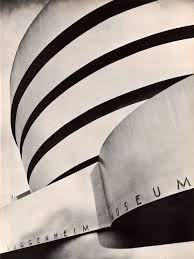Dec 18 2019 - Mar 15 2021
New York City, NY
In the 1960s a group of avant-garde painters began to push abstraction in new directions, leading to the emergence of several divergent styles.
Helen Frankenthaler applied thinned acrylic washes to the unprimed cotton canvas, richly saturating it like a dye, and Morris Louis, Kenneth Noland, and Jules Olitski methodically poured, soaked, or sprayed paint onto canvases, thus eliminating the gestural appearance that had been central to Abstract Expressionism in the 1940s and 1950s.
In these new works, figure and ground became one and the same, united through color. While Alma Thomas adeptly applied color theory while using expressive marks, still others approached relationships of form and color through investigations of optical perception or produced precise, geometric compositions that, as Guggenheim curator Lawrence Alloway described in 1966, “combined economy of form and neatness of surface with fullness of color.”
Theworks in this presentation chart several of the varied and complex courses nonrepresentational art followed in the 1960s and into the 1970s. The Fullness of Color: 1960s Painting reflects the museum’s historical engagement with this artistic period, and, while far from comprehensive, seeks to provide a point of departure for future collection growth that may further illustrate the richness of 20th-century painting.
Credit: Exhibition overview from museum website
Exhibition Venues & Dates
Dec 18 2019 - Mar 15 2021
New York City, NY
